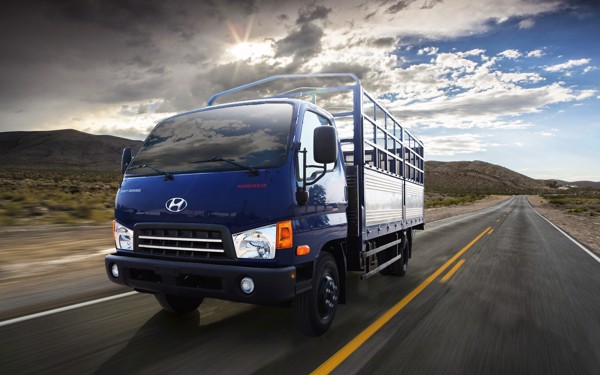Habit saves 25% on monthly fuel costs
07/10/2020
Clearly, then, the routine driving habits that you don't even realize are contributing to you "throwing money through the window". Most people think that whether a car saves fuel or not depends entirely on the manufacturer, without knowing that proper driving habits are the best way to help you reduce fuel costs effectively. fruit. For that reason, in fact, just some simple tips can also help you drive more fuel-efficient and environmentally friendly.
Drive slowly
Driving habits such as speeding and braking can cause more fuel consumption. So, if it's not an emergency, speed up gently, brake early and smoothly, and if within safe limits, don't change lanes. This not only saves you fuel, but also increases the life of your brakes and tires.
Slow down
Driving at high speed wastes a lot of material. When driving at 90km / h instead of 100km / h, you save 10 to 15% on fuel. At the same time, you should run at a steady speed. Every time you depress the gas pedal, more fuel is pumped into the engine, sometimes overkill. Using the Speed Control system whenever possible on the highway will help maintain a steady speed and save fuel.
Turn off the machine when waiting
Currently the motors do not require warm up time. You should move the car right after starting to avoid idling. Starting the engine while waiting will increase emissions and fuel consumption. In the unlikely event, please turn off the engine if the car is stationary for more than 30 seconds, helping to avoid wasting fuel.
Cut back on unnecessary goods
The lighter the amount of cargo stored in the trunk or in the vehicle, the less fuel is needed to accelerate. Try to move with as few objects as possible, keeping only important items (eg first aid kit, battery cord, compact kit, and a small jack) in the vehicle.
Reduced wind resistance
Your vehicle is inherently designed to help minimize wind resistance. Therefore, when carrying a large object or a bicycle on the roof of the vehicle, the wind resistance will be greatly increased. If you go long distances, try to arrange your belongings in the compartment or secure it to the back of the vehicle. In addition, closing the side windows and sunroof also helps to reduce wind resistance. The less drag, the more fuel you save.

When the weather is cool, just turn on the air conditioner on the highway
Turning on the air conditioner at a low temperature consumes about 15% of fuel. So if it's not too hot, keep the windows open and turn off the air conditioner while driving around town. However, when the car is running at over 90km / h, closing the windows and turning on the air conditioning will be a more reasonable decision for two reasons: One is to increase the aerodynamic capacity of the car, and the other is at the rpm. The engine is tall, the engine produces enough energy for the air-conditioning systems to operate efficiently.
Using the cruise control system (Cruise Control)
Activating the Cruise Control system not only helps you free your feet when driving at high speeds, but also increases fuel economy, maintains the car at a steady speed and doesn't waste fuel when accelerating. Set the system at a speed that will help your car save fuel the best, as long as it doesn't exceed the specified speed.
Tackle multiple things on the same trip
Traveling short distances costs more fuel than just one long distance. So when you go somewhere handy, you can combine other tasks on the same route so you can use the fuel efficiently. Watch more videos from Ford on "Ways to save fuel" here.
Car maintenance is the best way to save fuel
How you maintain your vehicle also has a significant impact on the amount of fuel consumed. When the car is always operating at its best, energy consumption is minimal. In addition to the routine car maintenance techniques that many people are familiar with, replacing the old fuel filter or spark plug, aligning the wheels and exhaust system all contribute to fuel savings. Vehicle maintenance procedures and driving habits can increase fuel economy by up to 25%.
Keep the car engine "healthy"
When the car breaks down or fails to pass the emissions test, a thorough repair will save fuel an average of 4%. In particular: if a damaged oxygen sensor in the engine is replaced, fuel savings will increase by 40%.
Maintain standard tire pressure
Tires are pumped to the correct pressure to help you drive safer, drive more accurately, the car is more durable and more fuel efficient. The appropriate pressure for the wheel while driving is listed in the manual or located on the driver's door, door post or glove box. Take care not to pump the tire over the standard pressure because the tire is over-inflated, which will reduce the grip and longevity of the tire.
Use engine oil recommended
Using the lubricant as recommended by the manufacturer (specified in the instruction manual) will help the lubrication system to operate with maximum efficiency. When using the wrong oil, fuel savings can be reduced by up to 2%.
Of course, the car's design also makes a big difference. Vinamotor itself as well as many other manufacturers are constantly going further in the journey to provide customers with different fuel options, increasing the ability to save fuel for current models or models. tram.








